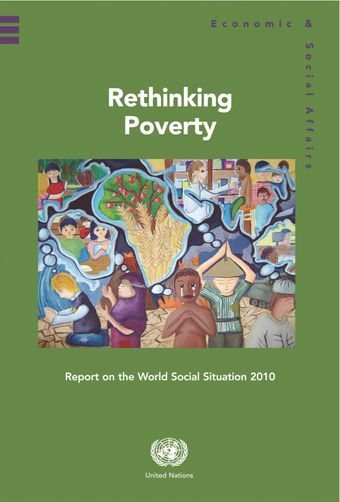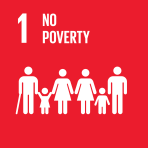Poverty: the official numbers

- Author: United Nations
- Main Title: Report on the World Social Situation 2010 , pp 13-43
- Publication Date: November 2010
- DOI: https://doi.org/10.18356/8d6bdedf-en
- Language: English
Monitoring and reporting on the levels, patterns and trends of poverty have become a standard part of anti-poverty programme design and assessment. With the steady internationalization of the poverty agenda, development organizations, both multilateral and bilateral, have demanded a template for regular reporting, and new concepts, definitions, data sets and instruments have been generated to meet this demand. Every major development organization produces its own report card, often ranking countries in terms of their performance. Special interest usually attaches to the annual Human Development Reports of the United Nations Development Programme (UNDP) and, of late, the Millennium Development Goals progress reports; however, it is perhaps the reports of the World Bank on the incidence of poverty based on the dollar-a-day criterion that generate the greatest interest and commentary in the development community. Statistics have an awesome power, and these global accounting exercises present statistical data to journalists, researchers, practitioners and activists as irrefutable facts. What, then, are those ostensible facts? The present chapter provides a summary of the currently most influential versions, largely associated with the World Bank’s dollar-a-day poverty estimates.
-
From This Site
/content/books/9789210545693c005dcterms_title,dcterms_subject,pub_keyword-contentType:Journal -contentType:Contributor -contentType:Concept -contentType:Institution105

